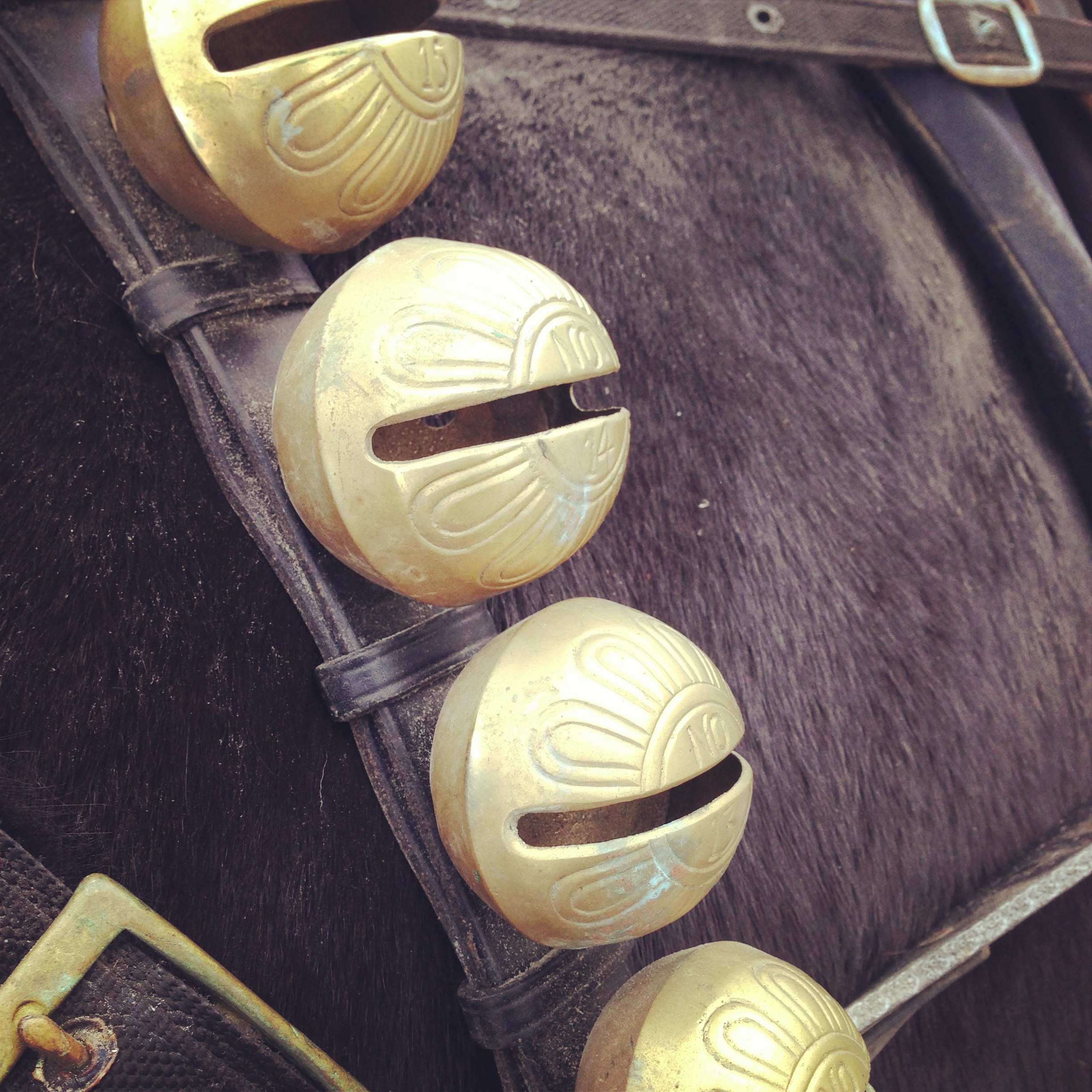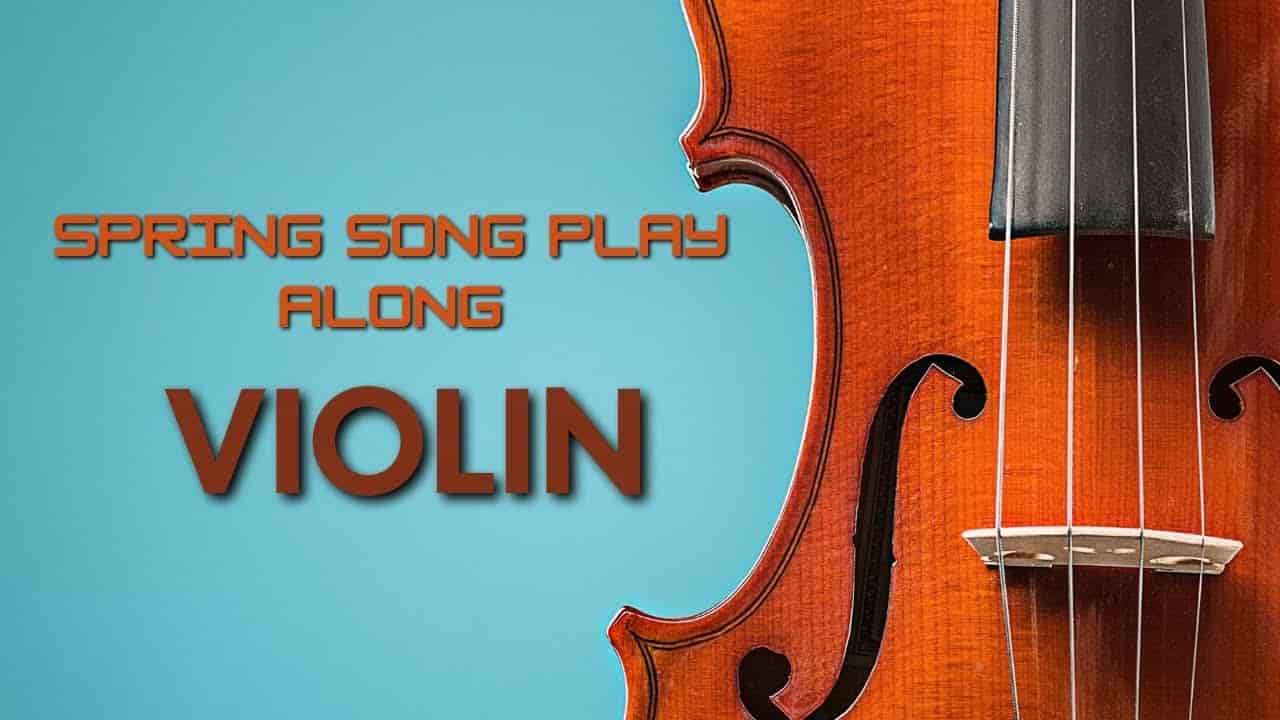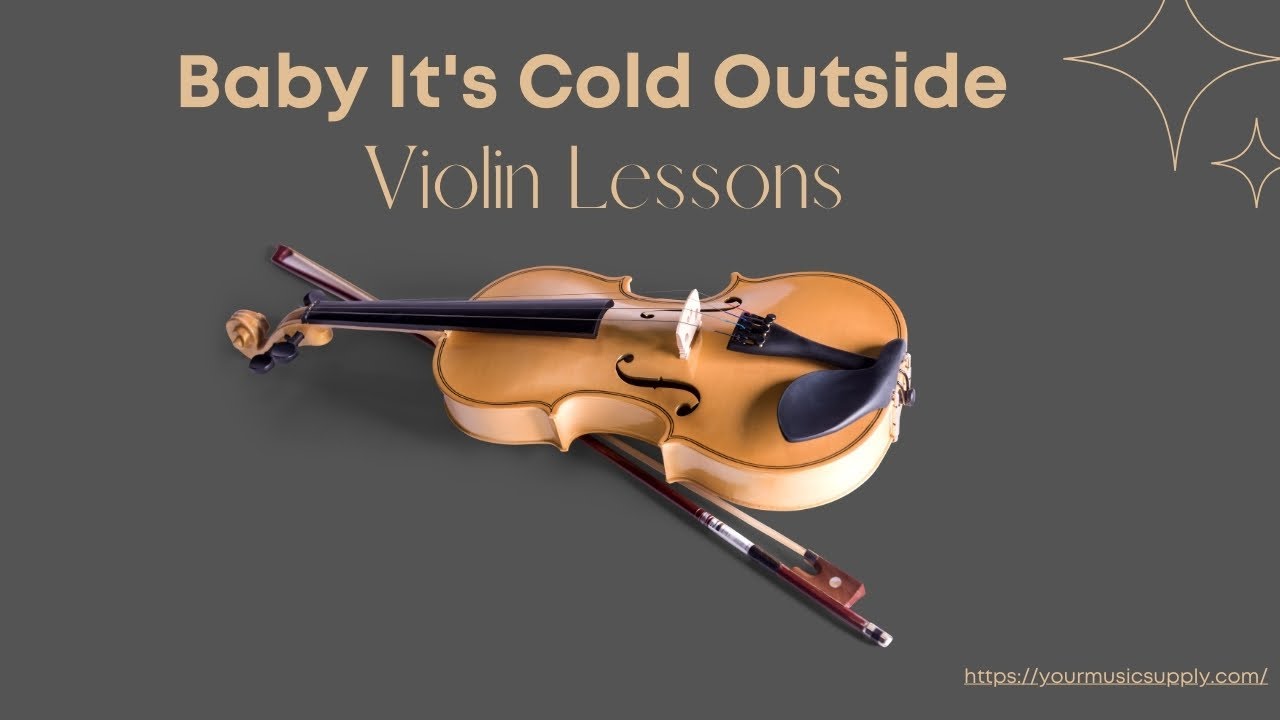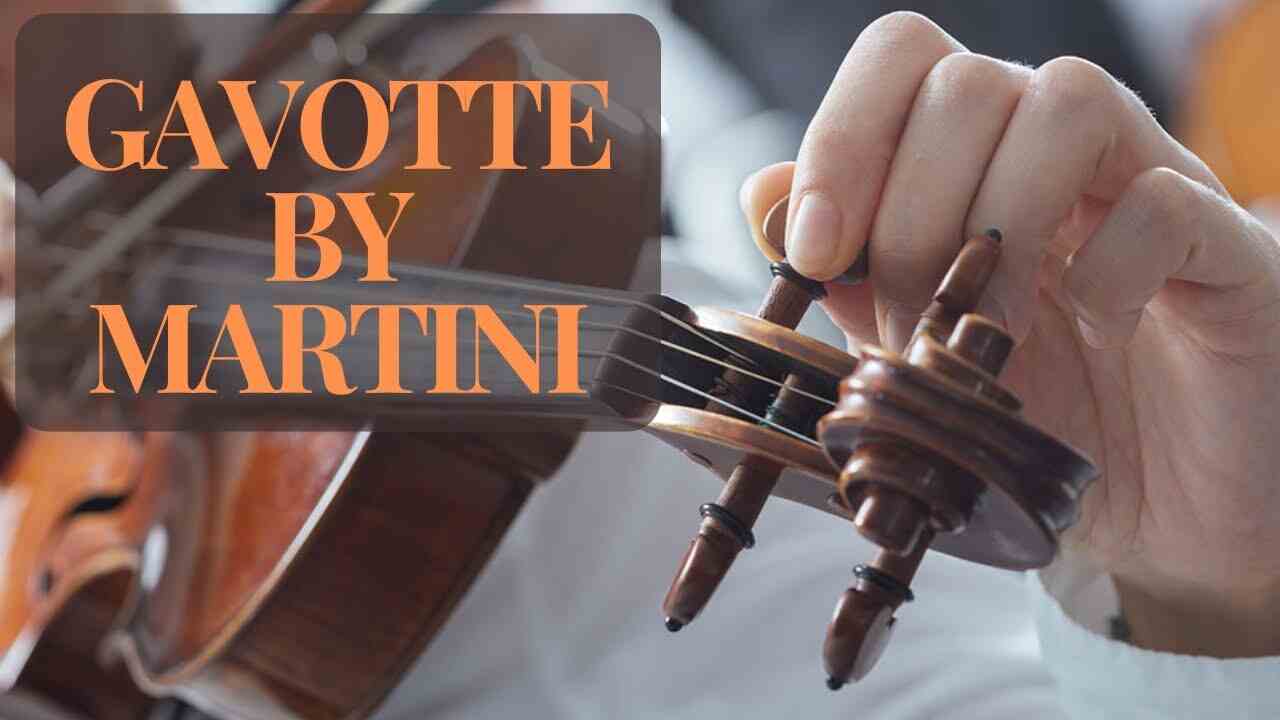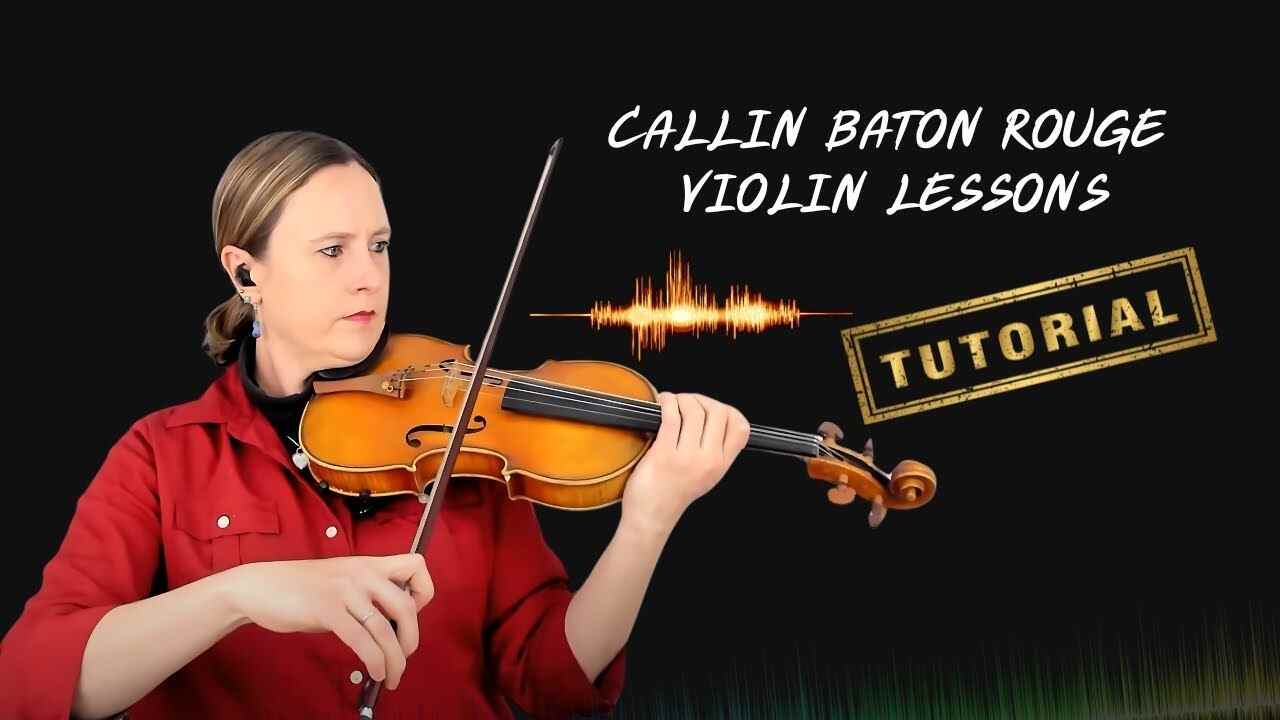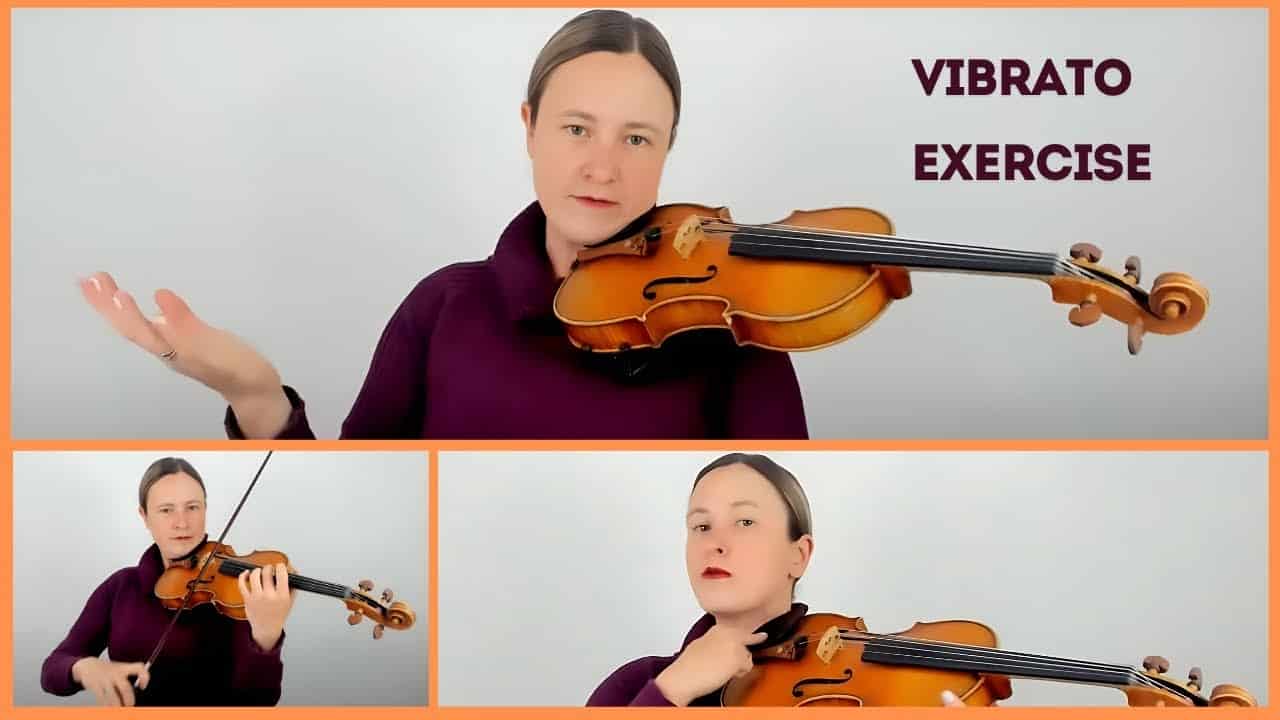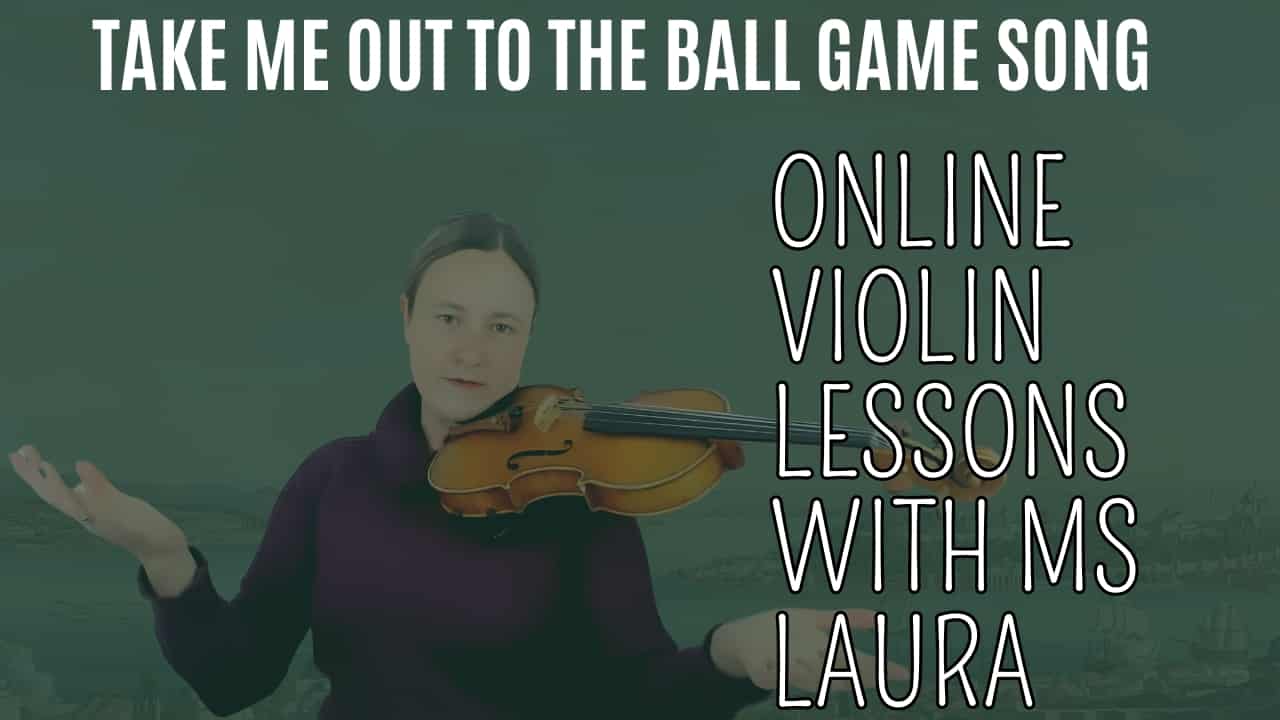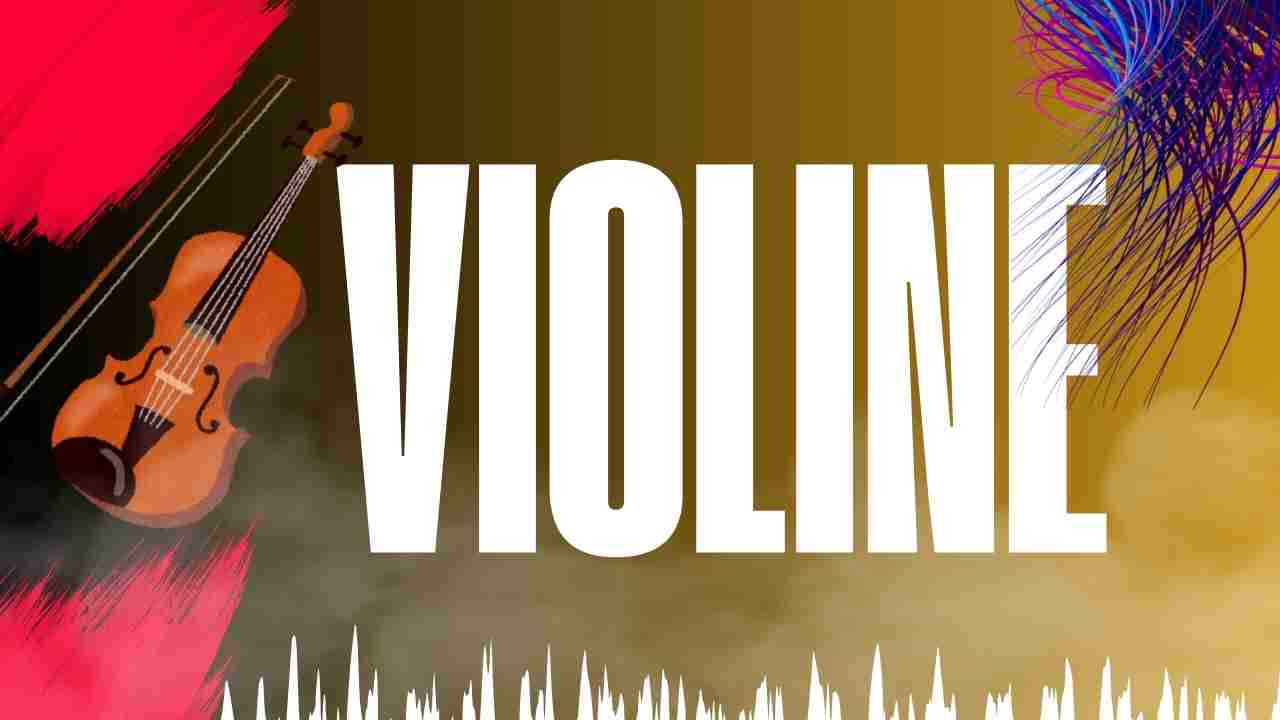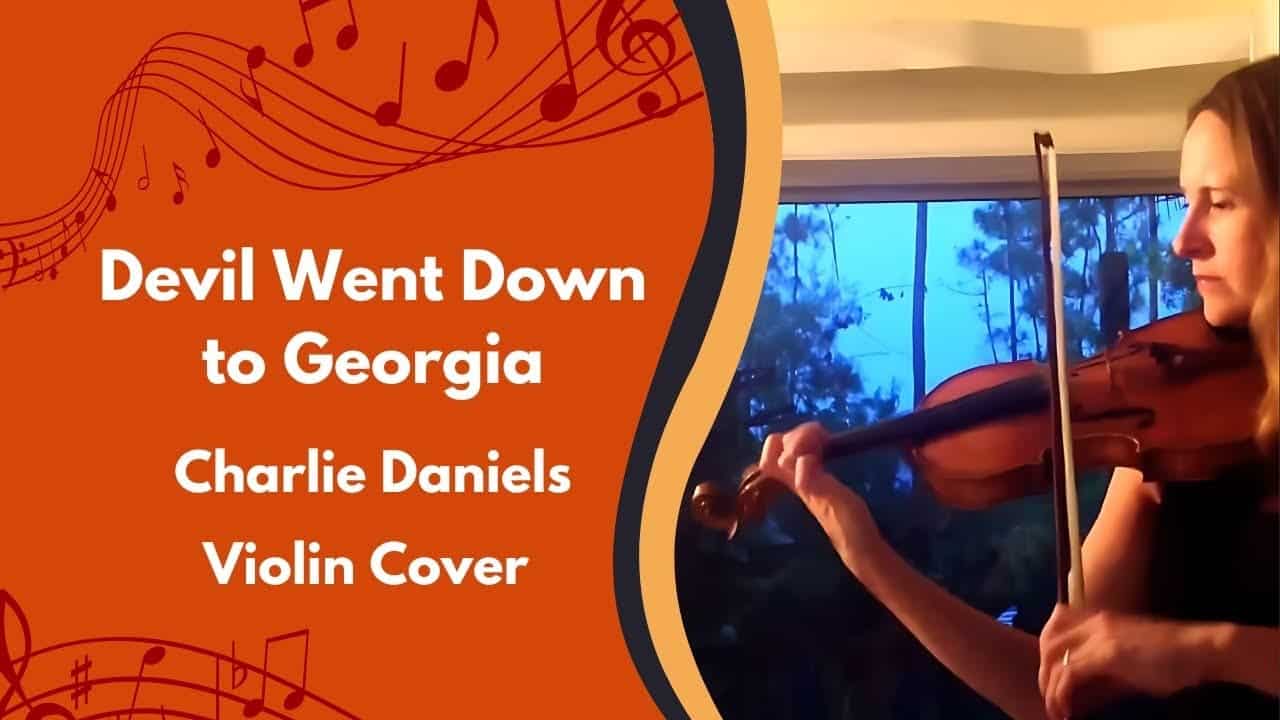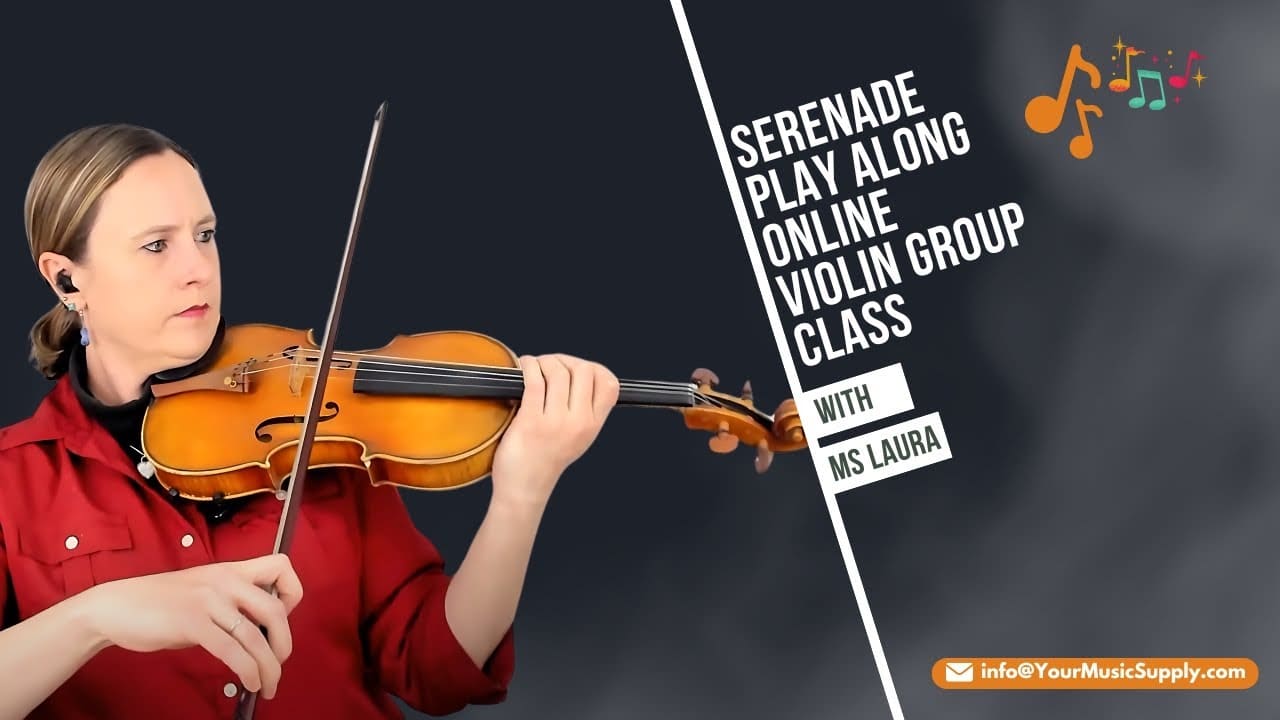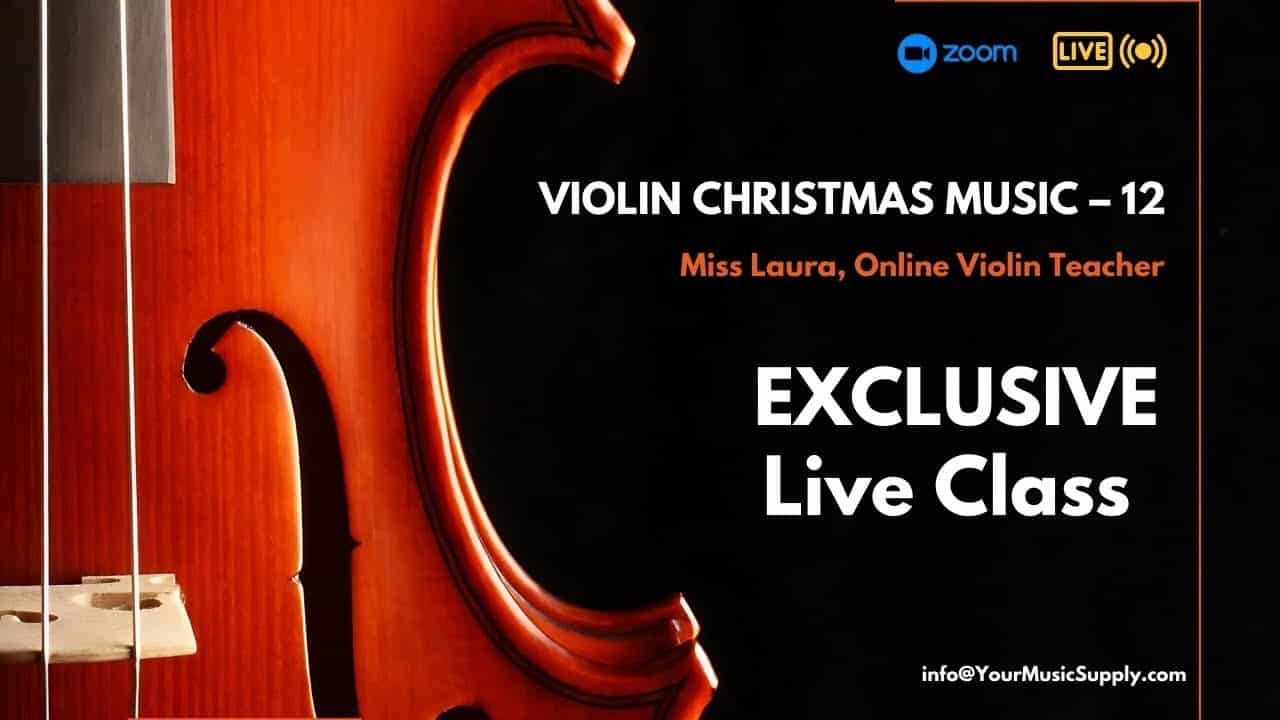Star Wars has one of the most iconic soundtracks in cinematic history, with The Imperial March (Darth Vader’s Theme) standing out as a fan favorite. Composed by John Williams, this powerful and foreboding piece captures the essence of the dark side, symbolizing Darth Vader’s strength and dominance. Now, imagine playing this legendary piece on the violin! This blog will provide a comprehensive guide to playing The Imperial March on violin, offering insights into its history, the sheet music, and step-by-step tips for musicians of all levels. Whether you’re a beginner or an experienced violinist, this guide will help you master Darth Vader’s theme.
The History of The Imperial March
Composed in 1980 for Star Wars: Episode V – The Empire Strikes Back, The Imperial March has become synonymous with Darth Vader and the Galactic Empire. It represents not only the dark side of the Force but also the struggle between good and evil that runs throughout the Star Wars saga.
John Williams, the genius composer behind many iconic film scores, used this piece to capture the looming presence of Darth Vader. With its strong brass section, sharp rhythms, and ominous tones, The Imperial March has transcended cinema, becoming part of pop culture. Now, translating this power into a violin performance can seem daunting, but with the right approach, it’s an incredibly rewarding challenge.
Why Play The Imperial March on Violin?
While originally written for a full orchestra, playing The Imperial March on violin offers a unique experience. The violin, known for its versatility and emotional depth, brings a new layer of intensity to this dark theme. Here are some reasons why you should consider playing The Imperial March on violin:
- Emotional Depth: The violin’s expressive capabilities can capture the dark, brooding mood of Darth Vader.
- Technical Challenge: The piece offers a great opportunity to work on rhythm, dynamics, and intonation.
- Fan Appeal: Whether you’re playing for a recital, audition, or simply for fun, The Imperial March is sure to resonate with Star Wars fans.
- Building Repertoire: Adding such a recognizable and beloved piece to your repertoire showcases your versatility as a violinist.
How to Approach the Sheet Music
Before diving into the notes, it’s important to understand the structure and tempo of the piece. Here are some key elements to consider when learning The Imperial March on violin:
1. Time Signature and Rhythm
The Imperial March is written in 4/4 time, with a moderate tempo. The rhythm is one of the most challenging aspects, as it includes strong syncopation and a powerful downbeat that gives it its marching quality. Begin by tapping out the rhythm without the violin to familiarize yourself with the timing. Using a metronome can help you maintain a steady beat.
2. Phrasing and Dynamics
One of the defining features of The Imperial March is its dramatic use of dynamics. It’s important to follow the crescendo (gradual increase in volume) and diminuendo (decrease in volume) markings in the sheet music to bring out the intensity and mood. For example, the opening notes should be played with a strong fortissimo (very loud) before gradually softening during more lyrical passages.
3. Fingerings and Bowing
Since The Imperial March was not originally written for violin, it’s important to carefully consider fingerings and bowing techniques. To maintain the march-like quality, use strong, decisive bow strokes. Practice using long bows for legato (smooth) sections and shorter bows for staccato (detached) notes. Also, be sure to plan out fingerings in advance, especially for higher positions, to avoid unnecessary string crossings.
Step-by-Step Guide to Playing The Imperial March on Violin
Here is a step-by-step breakdown of how to approach learning The Imperial March:
1. Start with the Main Theme
The most recognizable part of The Imperial March is its opening theme, played with boldness and confidence. Start by mastering this section before moving on to the more complex parts of the piece. Use the following approach:
- Practice Slowly: Break down the theme into smaller sections and play it slowly. This will help you get a feel for the notes and rhythm without rushing.
- Focus on Intonation: Since this piece requires precise finger placement, especially in higher positions, make sure your intonation (pitch accuracy) is solid.
- Build Up Speed: Once you’re comfortable playing the theme at a slow tempo, gradually increase your speed until you can play it at the original tempo.
2. Work on the Transitions
The Imperial March contains several transitions between different sections. These can be tricky due to the changes in tempo and mood. Focus on smoothing out these transitions by practicing each section separately before combining them.
3. Master the Dynamics
Dynamics are key to creating an impactful performance of The Imperial March. Practice playing with exaggerated dynamics to emphasize the contrasts between loud and soft passages. This will help bring out the drama and emotion of the piece.
The Imperial March (Darth Vader’s Theme) on Violin: A Comprehensive Guide for Star Wars Fans and Musicians
Introduction
Star Wars has one of the most iconic soundtracks in cinematic history, with The Imperial March (Darth Vader’s Theme) standing out as a fan favorite. Composed by John Williams, this powerful and foreboding piece captures the essence of the dark side, symbolizing Darth Vader’s strength and dominance. Now, imagine playing this legendary piece on the violin! This blog will provide a comprehensive guide to playing The Imperial March on violin, offering insights into its history, the sheet music, and step-by-step tips for musicians of all levels. Whether you’re a beginner or an experienced violinist, this guide will help you master Darth Vader’s theme.
The History of The Imperial March
Composed in 1980 for Star Wars: Episode V – The Empire Strikes Back, The Imperial March has become synonymous with Darth Vader and the Galactic Empire. It represents not only the dark side of the Force but also the struggle between good and evil that runs throughout the Star Wars saga.
John Williams, the genius composer behind many iconic film scores, used this piece to capture the looming presence of Darth Vader. With its strong brass section, sharp rhythms, and ominous tones, The Imperial March has transcended cinema, becoming part of pop culture. Now, translating this power into a violin performance can seem daunting, but with the right approach, it’s an incredibly rewarding challenge.
Why Play The Imperial March on Violin?
While originally written for a full orchestra, playing The Imperial March on violin offers a unique experience. The violin, known for its versatility and emotional depth, brings a new layer of intensity to this dark theme. Here are some reasons why you should consider playing The Imperial March on violin:
- Emotional Depth: The violin’s expressive capabilities can capture the dark, brooding mood of Darth Vader.
- Technical Challenge: The piece offers a great opportunity to work on rhythm, dynamics, and intonation.
- Fan Appeal: Whether you’re playing for a recital, audition, or simply for fun, The Imperial March is sure to resonate with Star Wars fans.
- Building Repertoire: Adding such a recognizable and beloved piece to your repertoire showcases your versatility as a violinist.
How to Approach the Sheet Music
Before diving into the notes, it’s important to understand the structure and tempo of the piece. Here are some key elements to consider when learning The Imperial March on violin:
1. Time Signature and Rhythm
The Imperial March is written in 4/4 time, with a moderate tempo. The rhythm is one of the most challenging aspects, as it includes strong syncopation and a powerful downbeat that gives it its marching quality. Begin by tapping out the rhythm without the violin to familiarize yourself with the timing. Using a metronome can help you maintain a steady beat.
2. Phrasing and Dynamics
One of the defining features of The Imperial March is its dramatic use of dynamics. It’s important to follow the crescendo (gradual increase in volume) and diminuendo (decrease in volume) markings in the sheet music to bring out the intensity and mood. For example, the opening notes should be played with a strong fortissimo (very loud) before gradually softening during more lyrical passages.
3. Fingerings and Bowing
Since The Imperial March was not originally written for violin, it’s important to carefully consider fingerings and bowing techniques. To maintain the march-like quality, use strong, decisive bow strokes. Practice using long bows for legato (smooth) sections and shorter bows for staccato (detached) notes. Also, be sure to plan out fingerings in advance, especially for higher positions, to avoid unnecessary string crossings.
Step-by-Step Guide to Playing The Imperial March on Violin
Here is a step-by-step breakdown of how to approach learning The Imperial March:
1. Start with the Main Theme
The most recognizable part of The Imperial March is its opening theme, played with boldness and confidence. Start by mastering this section before moving on to the more complex parts of the piece. Use the following approach:
- Practice Slowly: Break down the theme into smaller sections and play it slowly. This will help you get a feel for the notes and rhythm without rushing.
- Focus on Intonation: Since this piece requires precise finger placement, especially in higher positions, make sure your intonation (pitch accuracy) is solid.
- Build Up Speed: Once you’re comfortable playing the theme at a slow tempo, gradually increase your speed until you can play it at the original tempo.
2. Work on the Transitions
The Imperial March contains several transitions between different sections. These can be tricky due to the changes in tempo and mood. Focus on smoothing out these transitions by practicing each section separately before combining them.
3. Master the Dynamics
Dynamics are key to creating an impactful performance of The Imperial March. Practice playing with exaggerated dynamics to emphasize the contrasts between loud and soft passages. This will help bring out the drama and emotion of the piece.
Tips for Intermediate and Advanced Players
If you’re an intermediate or advanced violinist, there are several techniques you can use to enhance your performance of The Imperial March:
- Use Vibrato: Adding vibrato (a slight fluctuation in pitch) to certain notes can give the piece a more expressive, emotional quality. Try using vibrato on longer notes or during quieter sections to add depth.
- Experiment with Bow Pressure: Adjusting the pressure you apply to the bow can create different textures in your sound. For example, applying more pressure can create a heavier, more aggressive sound, while using less pressure can create a lighter, more ethereal effect.
- Add Ornamentation: For advanced players, adding your own ornamentation (such as grace notes or slides) can give the piece a unique twist. However, be careful not to overdo it—The Imperial March should retain its strong, bold character.
Performing The Imperial March – Tips for Success
When it comes time to perform The Imperial March on violin, here are some additional tips to ensure a successful performance:
- Stay Relaxed: Despite the intensity of the music, it’s important to stay relaxed while playing. Tension in your hands or arms can affect your intonation and bow control, so make sure to keep your movements fluid.
- Channel Your Inner Darth Vader: To really capture the spirit of the piece, try channeling Darth Vader’s powerful, commanding presence. Imagine yourself as the Sith Lord as you play, using your posture and facial expressions to convey the dark, ominous mood of the music.
- Engage Your Audience: Make sure to engage your audience by making eye contact and using expressive body language. Playing The Imperial March is not just about hitting the right notes—it’s about conveying the drama and emotion of the piece.
Why The Imperial March Resonates with Audiences
There’s a reason why The Imperial March continues to captivate audiences, even decades after its debut. The piece has become a symbol of power, control, and fear—all emotions that resonate with listeners on a deep level. By playing this iconic theme on the violin, you’re not only tapping into the emotional core of the Star Wars saga, but also giving it a fresh, new interpretation that will leave a lasting impression on your audience.
Conclusion
Playing The Imperial March (Darth Vader’s Theme) on violin is a thrilling and rewarding challenge for musicians of all levels. By focusing on the sheet music’s rhythms, dynamics, and techniques, you can bring this powerful piece to life in a new and exciting way. Whether you’re a die-hard Star Wars fan or simply looking to expand your musical repertoire, mastering The Imperial March on violin will be an experience you’ll never forget.
So, pick up your violin, embrace the dark side of the Force, and start playing one of the most iconic movie themes in history! May the Force be with you as you embark on this musical journey. ✨





